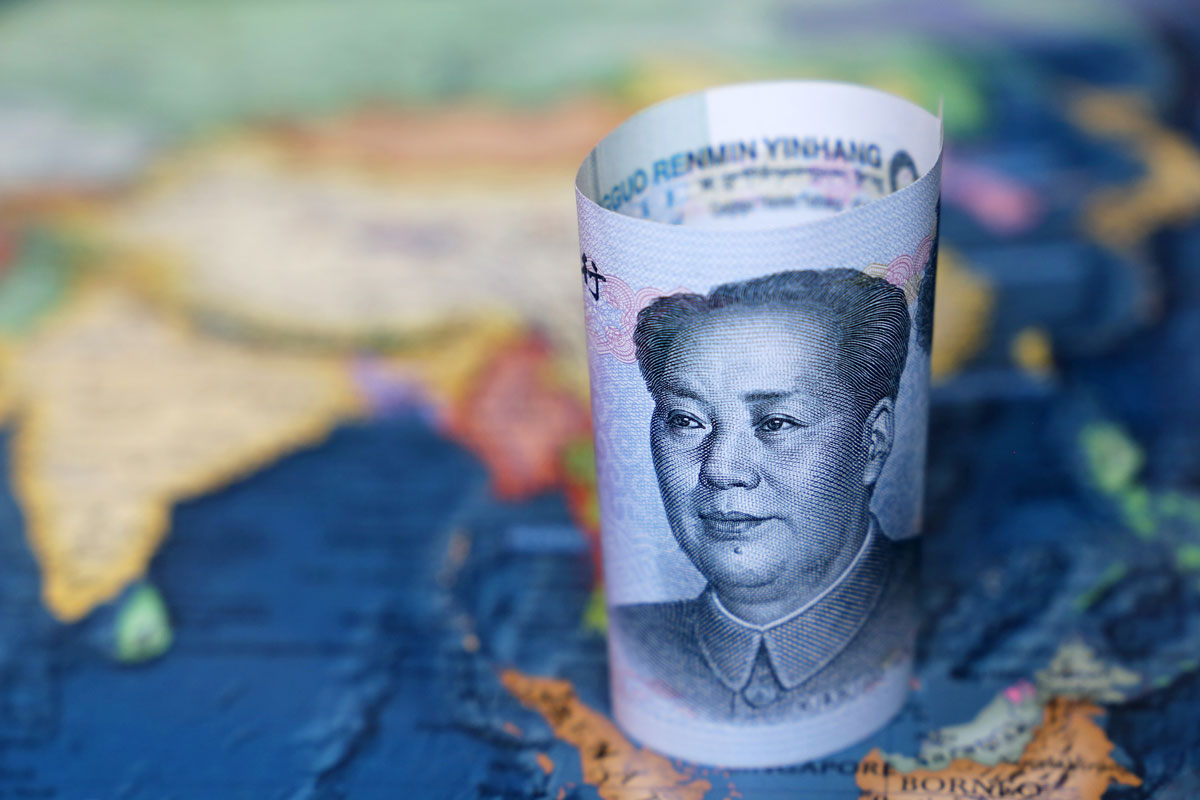China’s recently-reported economic data paints a concerning picture for the world’s second-largest economy. With second-quarter GDP growth falling to 4.7 per cent, well below the anticipated 5.1 per cent, it is clear that China’s recovery from the pandemic and other economic setbacks is proving to be more protracted than expected. This slowdown raises serious questions about the sustainability of China’s growth model and the effectiveness of its current economic policies. Several factors contribute to this underperformance. The property downturn remains a significant drag on economic momentum. The collapse in property prices, the fastest in nine years, has eroded consumer confidence and wealth, compelling households to cut back on spending, particularly on big-ticket items.
This negative wealth effect is compounded by low wage growth and rising job insecurity, prompting a pivot to basic consumption patterns focused on essential goods and services. The government’s response so far has included boosting infrastructure investment and high-tech manufacturing, yet these measures have not been sufficient to counterbalance the deep-seated issues in the property market and the broader economy. Retail sales, a crucial indicator of domestic demand, have stalled, showing the slowest growth since December 2022. This stagnation underscores the need for more direct support to the consumer sector to reignite spending and drive economic growth. One of the critical challenges facing China’s economic planners is balancing the need for immediate stimulus with longer-term structural reforms.
Advertisement
The deepening property crisis and high levels of local government debt present a complex problem. On the one hand, there is an urgent need to boost confidence and spending through fiscal and monetary easing. On the other, there is a risk that aggressive stimulus measures could exacerbate existing imbalances and lead to a build-up of further debt, undermining long-term stability. The upcoming key economic leadership meeting in Beijing offers an opportunity for policymakers to recalibrate their approach. There is a pressing need for innovative solutions that address both short-term demands and longterm sustainability. This might involve targeted fiscal stimulus aimed at the most affected sectors, combined with structural reforms designed to enhance productivity and reduce financial vulnerabilities. For instance, measures to support the housing market could include more substantial incentives for homebuyers and investors, alongside efforts to stabilise housing prices. On the fiscal front, increased government spending on social welfare programmes could help boost consumer confidence and spending, particularly among lower-income households. Additionally, reforms to enhance labour market flexibility and improve wage growth could provide a much-needed boost to domestic consumption.
However, it is essential that these measures are implemented with caution to avoid repeating past mistakes. The focus should be on sustainable growth rather than short-term gains. Policymakers must ensure that stimulus measures are targeted and effective, while also pursuing reforms that address underlying economic weaknesses. The challenges are significant, but with careful planning and decisive action, it is possible to steer the economy back on track.









